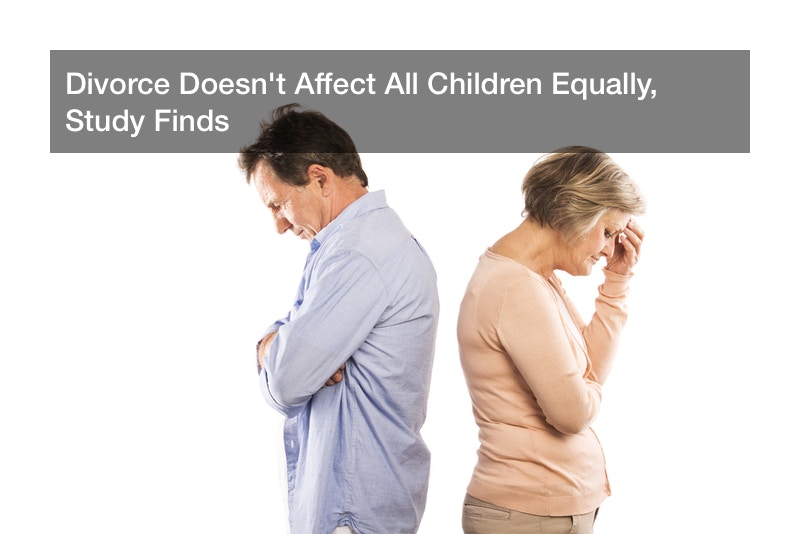

Approximately 827,000 divorces happen every year. Divorce may be more likely to hurt the educational success of high-income children than low-income children, new data shows. According to a new study from UCLA, divorce doesn’t affect all children equally. Children who come from stable families may be more impacted by divorce than those from unstable families.
“We found that parental divorce lowers the educational attainment of kids,” said the lead author of the study Jennie Brand, a professor of sociology and statistics at UCLA, “but only among those for whom the divorce was unlikely. We interpret this to mean that the divorce was unexpected, and as such, more disruptive.”
Brand and her team of researchers analyzed two sets of data on the socioeconomic backgrounds and families of 11,512 children and 4,931 mothers. They then compared the educational outcomes of the children whose families filed for divorce and those who didn’t.
The study found that children from families where divorce was less likely but did happen, were 6% less likely than their peers from non-divorced parents to graduate from High School. Another 15% were less likely to complete college.
In comparison, there was almost no impact on the likelihood of graduating from High School or college for children from high-risk divorce households whose parents separated.
The reason for this, Brand says, is because children in high-risk divorce households are already living disrupted lives and have lower levels of academic achievement.
“A divorce is more likely in cases where there is more [parental] depression, differences between spouses, and more socioeconomic disadvantage,” said Brand.
Researchers also accounted for additional factors such as whether it was a parent’s first marriage. Approximately 40% to 50% of marriages end in divorce in the United States. Other factors including whether the child was born before marriage, whether the child was planned, and whether the mother grew up in a single-parent family were also considered.
Brand says these factors aren’t perfectly predictive, but that they’re reliable. For instance, children are more likely to be planned by high-income families compared to low-income families. Up to one-third of all adoptions in the U.S. happen in single-family homes.
Brand and her team used data from a longstanding study conducted by the Bureau of Labor Statistics that have surveyed a group of people representative of the population.
“Whether our model correctly predicts who is more or less likely to divorce always has some uncertainty,” said Brand, “but it is one of the most extensive models we have seen in the literature.”
The takeaway from the study, Brand says, isn’t that families need to focus more on marital counseling. Rather, couples ought to consider the factors that are causing them to divorce in the first place such as struggles with work-life management and financial hardship. It’s a warning sign that a child’s life is already disrupted when they’re unaffected by a divorce.



